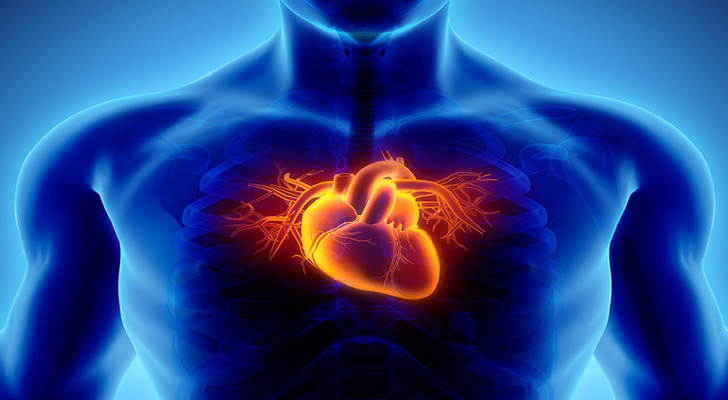Ischemic Heart Disease Causes, Signs and Symptoms

The definition of the ischemic heart disease states that is a disorder that impacts the blood supply. Thus, it can be a rather dangerous issue. Many healthcare professionals also call it coronary artery disease. The condition predetermines the increased amount of cholesterol in the blood. The result is the decreased oxygen distribution and drop in the necessary nutrients’ amount. It matters for the correct work of heart. It may lead to the deprive of heart and further extinction of the heart tissue. The fatal outcome is a heart attack.
